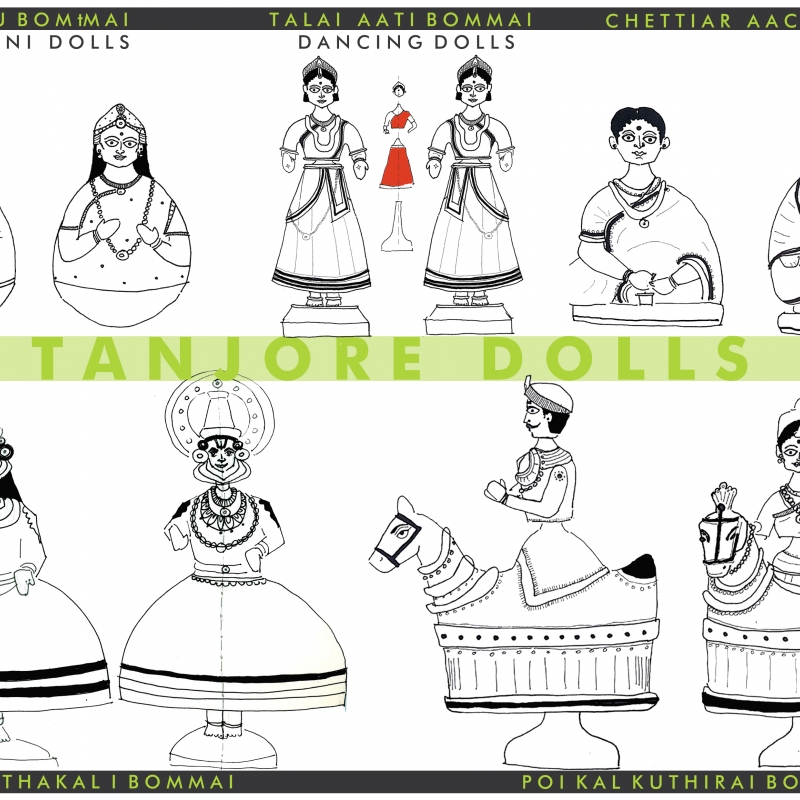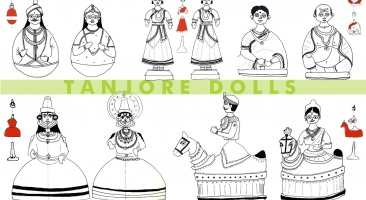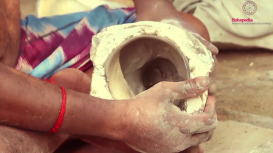In Tamil Nadu, Dusshera is celebrated over nine days and is called Golu or Kolu. One of the highlights of the festival is the creation of pyramid-like structures with dolls of all kinds and shapes in Hindu households. These clay dolls depict gods, goddesses, people, animals and things, and symbolize worship of divinity in all animate and inanimate objects. Beautifully arranged in precise structures, the golu dolls are richly decorated and occupy the place of pride the Hindu homes. Children, young girls and women from the neighbourhood come over and rituals such as chanting of exclusive shlokas, drawing of kolams and offering of select foods are observed. The dolls are treated with immense respect and care. Every night, lullabies are sung to put the gods to sleep, and on the eve of the tenth day, all the dolls are laid to rest from their otherwise standing position. On the eleventh day, they are wrapped up carefully with newspapers and cloth and are stored till the next year.
This module explores the significance of the display of golu dolls and their aesthetic references to Dravidian temples. It focuses on a regional golu doll—the Tanjore doll—with an illustration of its various expressions and also offers a video documentation of its making, accompanied by interviews with its makers and sellers.



